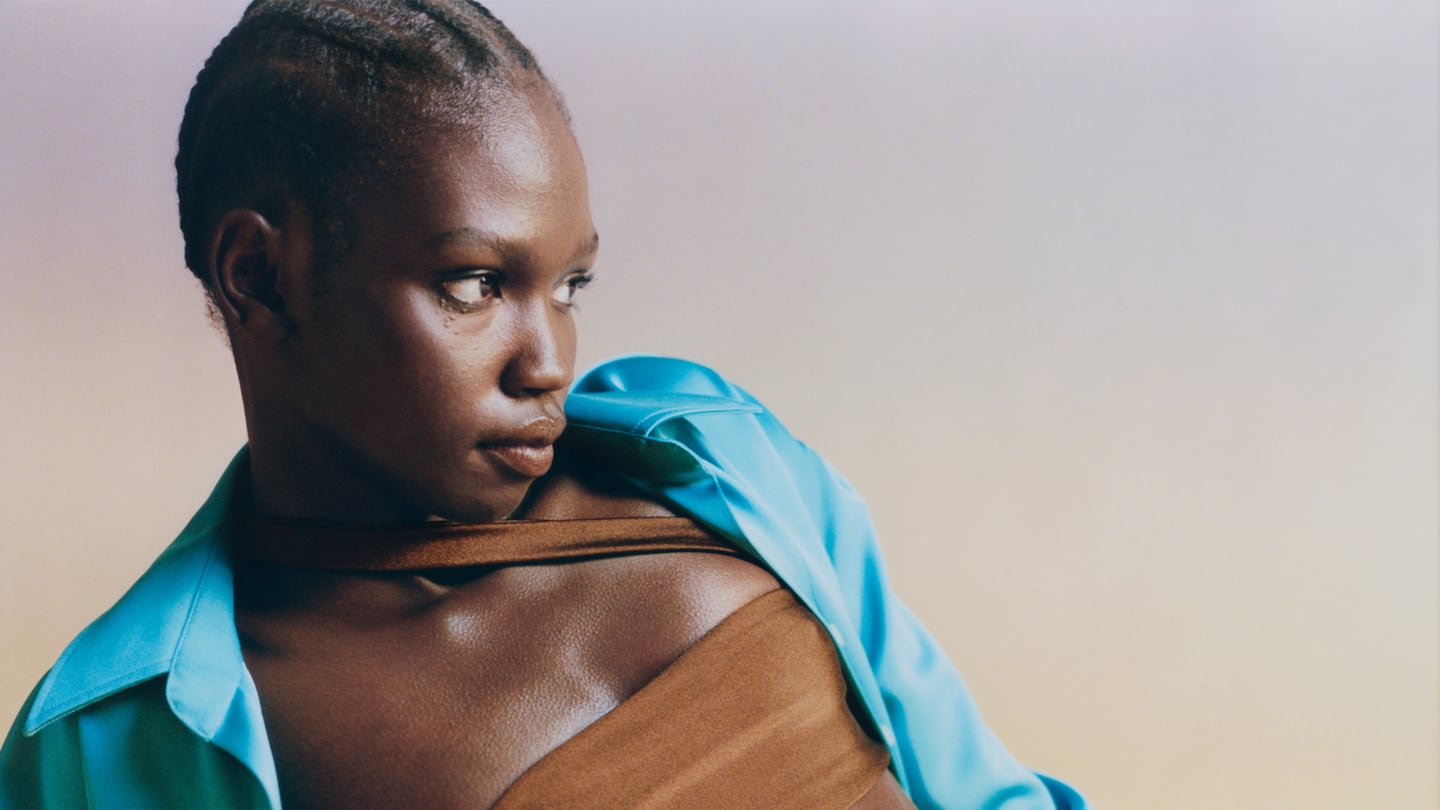
The Business of Fashion
Agenda-setting intelligence, analysis and advice for the global fashion community.

Agenda-setting intelligence, analysis and advice for the global fashion community.

Farfetch announced on Friday that it would acquire Violet Grey, the Los Angeles-based beauty retailer known for its expertly chosen range of in-demand brands, in an effort to shore up its expansion into beauty later this year.
The financial terms of the deal were not disclosed, and must be approved by Violet Grey’s existing shareholders, including Japanese conglomerate Shiseido. Violet Grey, which was founded in 2012, generates around $20 million in sales a year and has raised more than $30 million from several investors, according to sources familiar with the business. The source also said that Shiseido and other investors, who helped negotiate the deal, are happy with the high-profile outcome. Both companies declined to comment on those details.

As part of the deal, Violet Grey founder Cassandra Grey will join Farfetch as an advisor to the luxury e-commerce platform’s beauty marketplace, to launch this year, and as co-founder of NGG Beauty, a brand incubator in the vein of the New Guards Group, the fashion accelerator Farfetch acquired in 2019.
She’ll also become the chair of Violet Grey, which will continue to operate a separate e-commerce site and its physical store in Los Angeles, in addition to joining the Farfetch beauty marketplace. Violet Grey’s new managing director is Niten Kapadia, Farfetch’s current vice president of operations. The rest of Violet Grey’s staff, many of whom live in Los Angeles, where Grey is based, are slated to remain on board.
ADVERTISEMENT
As with fashion, NGG will develop beauty brands, to be sold on the marketplace alongside other prestigious labels. However, besides Violet Grey, Farfetch will not partner with multi-brand boutiques on its beauty marketplace. (The margins for beauty are far lower than fashion, which means the model — in which Farfetch receives a commission on every product sold — is less desirable for an independent boutique.)
Instead, Farfetch is working with brands that are looking to drive more direct-to-consumer sales, but also crave the exposure that a major retailer offers. Unlike fashion, the biggest beauty brands are still mostly distributed through multi-brand channels, online and off, including Sephora, Ulta and Amazon.
In beauty, there’s also an advertising opportunity, something some of Farfetch’s direct competitors, like Net-a-Porter, have explored in the past.
“We know that beauty advertisers are looking increasingly for channels where they can speak directly to the target audience,” said Stephanie Phair, chief customer officer at Farfetch, noting that many of the brands coming on board are excited by the two-sided offer.
The Violet Grey layer is not so dissimilar to what Farfetch did with London department store Browns, which it acquired in 2015. Browns provided fashion authority and consumer insights into how people were shopping physical luxury retail, and Violet Grey will do the same on the beauty side. Since its founding a decade ago, Violet Grey has gained a best-in-class reputation when it comes to selection. The site’s unique product lineup — from luxe skincare king Augustinus Bader to facialist Georgia Louise Vassanelli cult tools and Embryolisse’s French drugstore essentials — is vetted by a group of industry experts, something consumers like and trust.
“We’ve really been out there looking at the market and understanding what we could do ourselves, build ourselves, and who we could partner with,” Phair said. “Violet Grey absolutely came through as having built an incredible authority in beauty.”
Farfetch could also eventually bring its beauty proposition to China — where it has a stronger footing than many of its western competitors — especially now that the country’s law requiring all cosmetics to be tested on animals ended in May.
While the Violet Grey deal is not likely to have a major impact on Farfetch’s bottom line, the grander beauty play may result in significant growth in the longer term. Like many retail stocks, Farfetch has dipped since its peak of $73.35 in February 2021 after it benefited from a boost in pandemic-era online shopping, and is now trading at around $20 a share after reporting a slowdown in sales growth in its most recently reported quarter. In November, the company said that it expected to end the 2021 fiscal year with positive adjusted EBITDA (earnings before interest, taxes, depreciation and amortisation) for the first time. (The company is expected to release its full-year results in late February.)
ADVERTISEMENT
“We did the best we could to forecast, and what we saw was very high growth faster than anyone,” chief executive José Neves told BoF last year. “We went from hyper-growth to very high growth. That’s all that happened.”
Beauty businesses can scale quickly, and help Farfetch achieve the kind of growth shareholders are looking for. In order to work, however, it will take the right mix — and a large breadth — of brands that luxury consumers care about. Farfetch’s advantage over Amazon, which has spent the last few years building out its beauty marketplace, is that it’s a pure luxury play. For big beauty brands, joining Farfetch may be a no-brainer. For smaller, independent brands, the added costs of distributing the product through a marketplace may make it a tougher decision. Ultimately, the increased exposure will be the big sell.
“All brands — legacy, niche, small, big — are looking for new distribution,” Grey said.
As the luxury marketplace draws up plans to dive head first into the lucrative beauty category in 2022, a potential tie-up with Violet Grey is just the tip of the iceberg. Will its ambitious strategy work?
The San Francisco-based company is hoping to tap growing consumer demand for financing for cosmetic treatments among other services.
Once thought of as long-term disruptors who would change the way we shop forever, multi-brand online retailers that sell cosmetics, skincare, fragrance and more are facing multiple headwinds.
Prestige makeup is fashion’s category expansion du jour. But even the market’s most powerful players could learn a thing or two from its celebrity-backed competition.
Shining light on the $12.3 billion SPF boom.